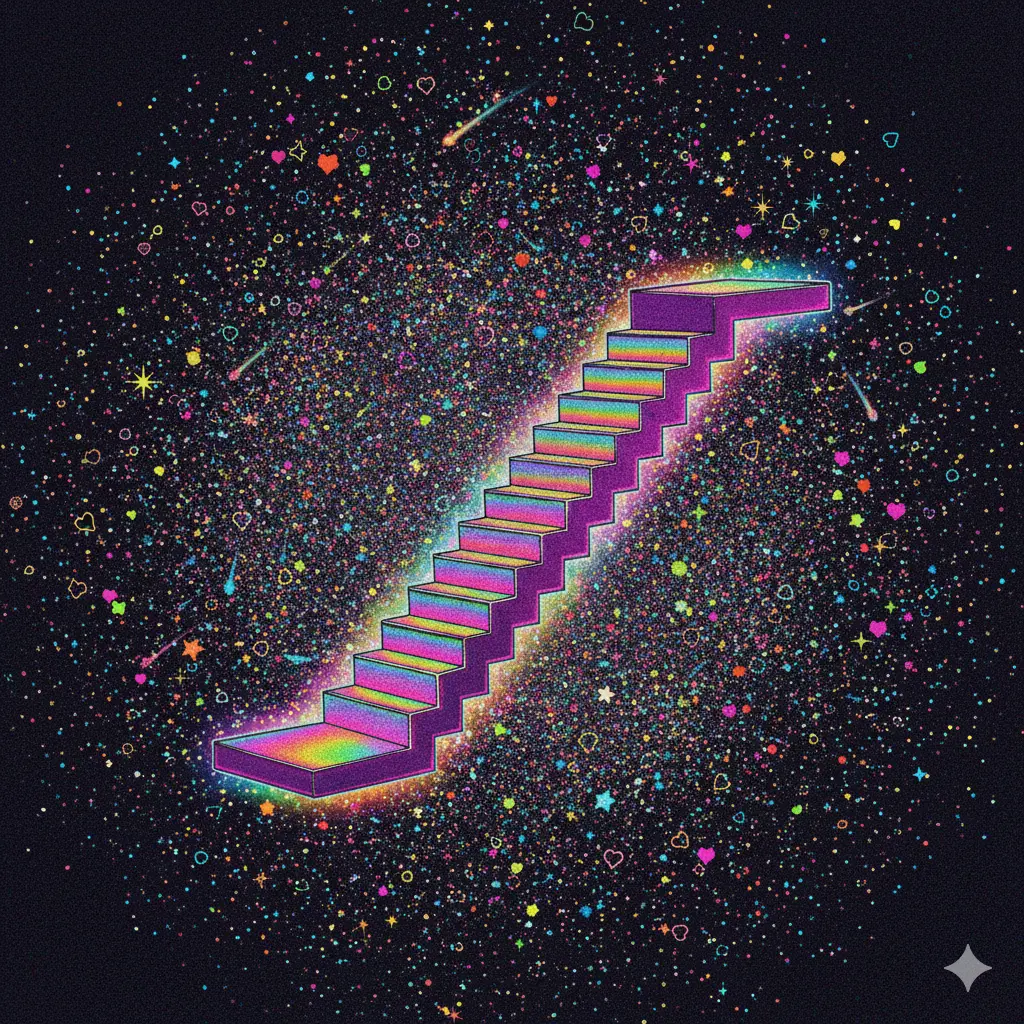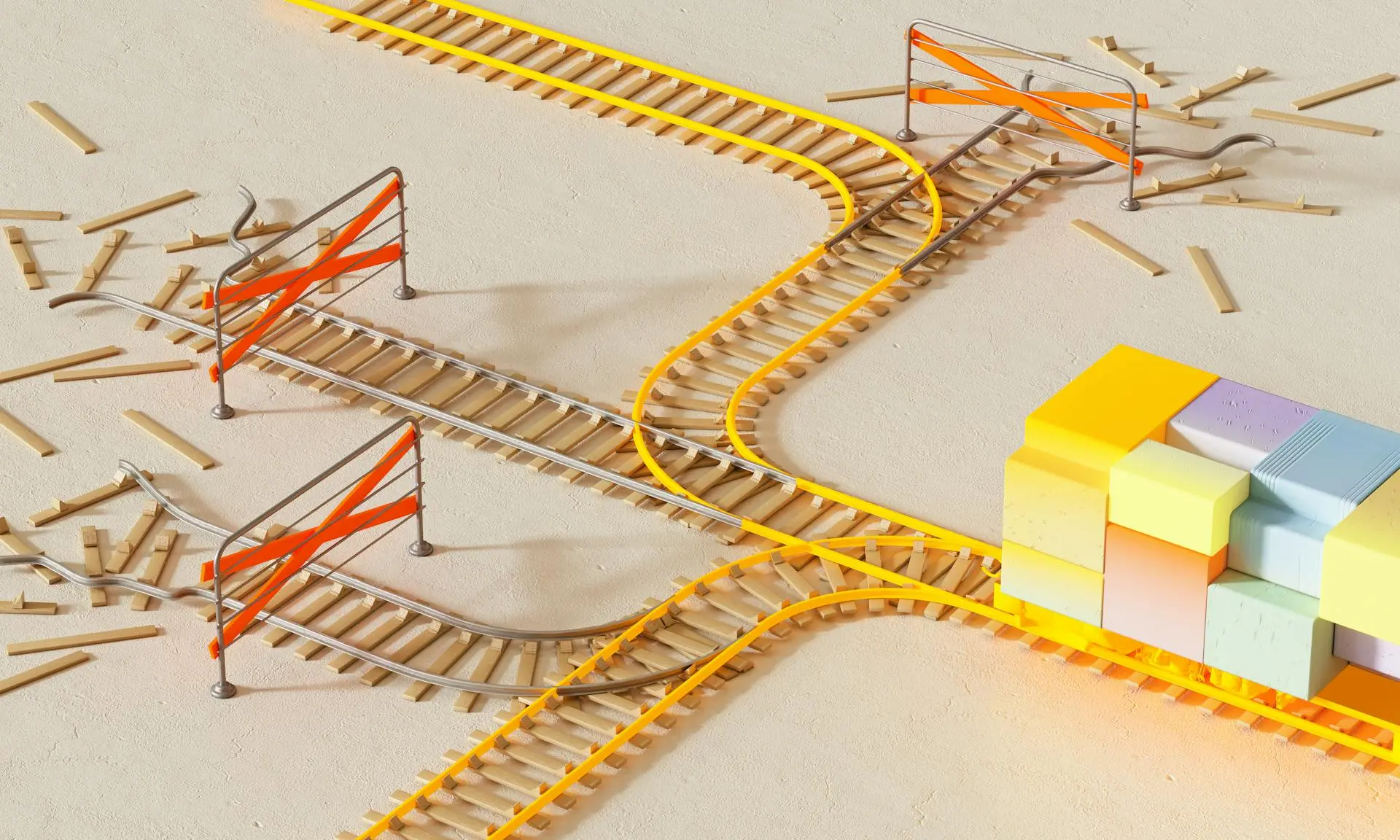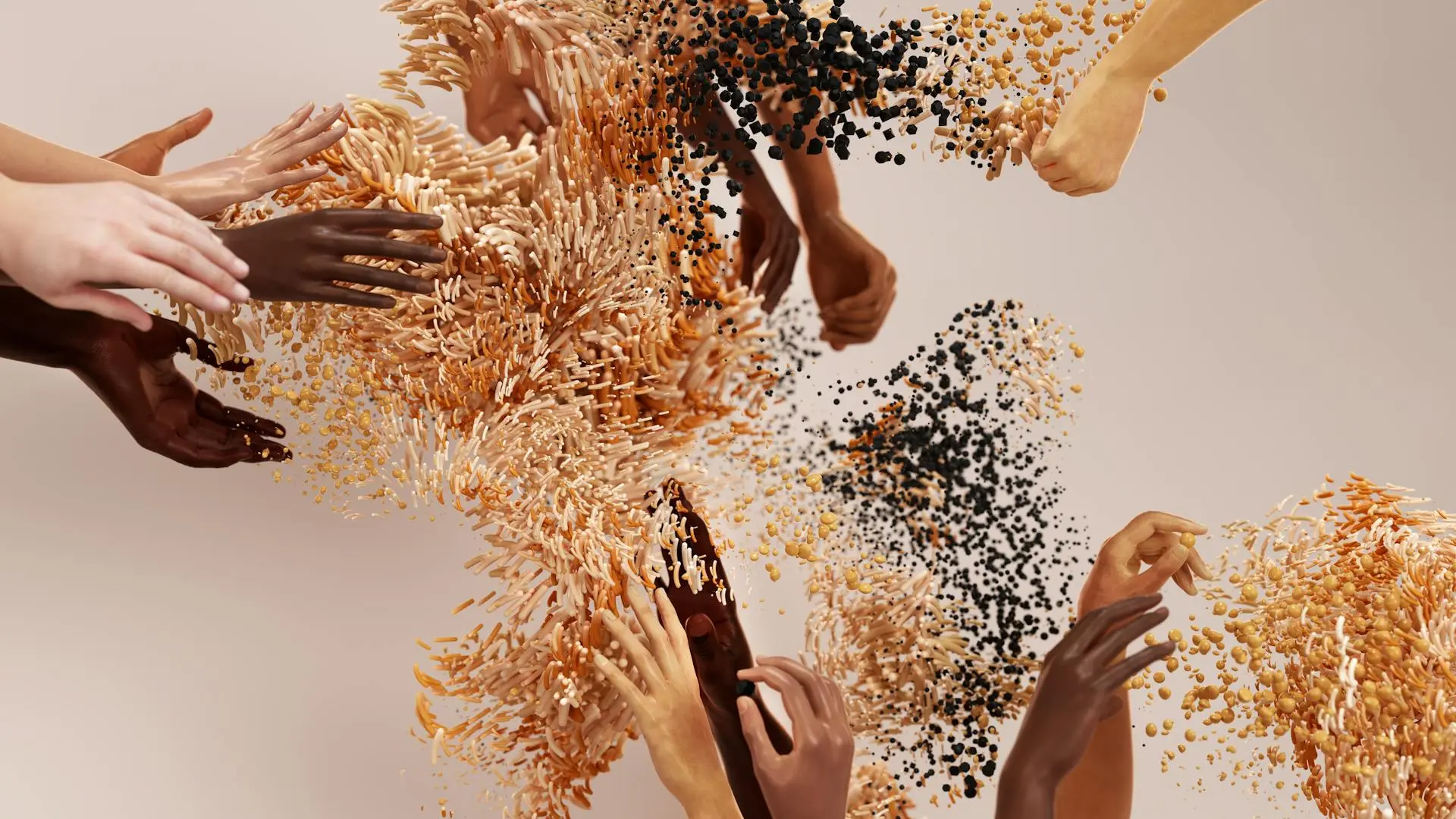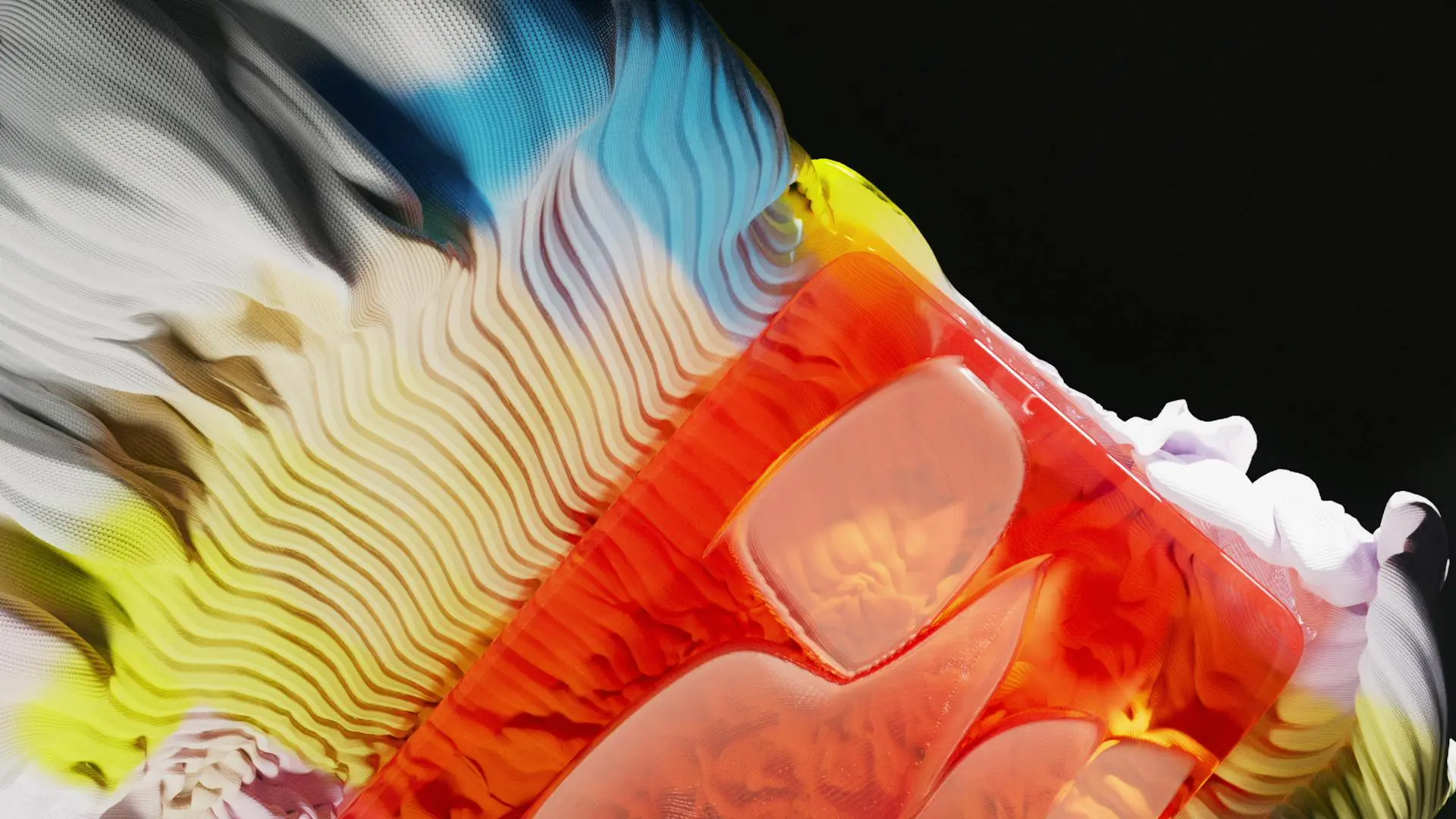AI
-

Why you secretly hate your best ideas (or how to kick creative dysmorphia)
TL;DR: That feeling where you irrationally hate your own work isn’t just you. It’s “Creative Dysmorphia” – a bug in our brain’s code fueled by cognitive biases. The patch isn’t to ‘get tougher’; rather, it may be to use AI as an objective ‘window’ to externalise our ideas and break the neurotic loop of self-doubt. More →
-

AI apps™ are walled gardens. You just can’t see the walls yet.
TL;DR: OpenAI just launched apps in ChatGPT, and the tech press is calling it revolutionary. But here’s what they’re not telling you: the underlying technology can do something far more powerful than what ChatGPT apps actually deliver. Why build a limited version? Because true multi-agent collaboration is harder to control, monetize, and keep inside a More →
-

The ensemble era: Why great creative work now has a cast list
In 2019, I asked a simple question (here’s the original blog post). Imagine it’s a decade from now, you’re at Cannes, and the Grand Prix winner was secretly cooked up by an AI. What happens? Do you disqualify the cyborg? Do the planners who asked the right questions, the CDs who picked the idea, and More →
-

Beyond the hype: An executive’s playbook for AI in marketing & communications
TL;DR → Frustrated that AI hasn’t revolutionized your creative team? The problem isn’t the AI—it’s your team’s behavior. Instead of just teaching prompts, the article argues for a “total-body operating system upgrade” to change how your team collaborates with AI by default. This isn’t about tools; it’s about rewiring your team’s culture to eliminate fear, More →
-

From insight to impact: A marketer’s guide to driving results with behavioral science
TL;DR → Most marketing underperforms because it treats people as logic machines. Treat them as humans—predictably irrational and beautifully social—and your work gets sharper, faster, and more profitable. Behavioural science gives you the levers; AI gives you the speed. Aizle helps you wire both into your team so you stop renting capability and start compounding More →
-

The creatively adaptive workforce: A framework for upskilling your team in the AI era
TL;DR: Skills only stick when environments, incentives, and systems make the “right” behaviour the easy default. Pair behavioural design (habits, rituals, norms) with systems thinking (guardrails, roles, SLOs, feedback loops) and you’ll get a creative org that compounds capability in the AI era—in weeks, not years. Remember that “AI for Creatives” workshop you ran last More →
-

Advertising & AI: Awarded Intelligence
Note: I originally wrote about this on my old website in February 2019, more than six years before Aizle was started. I followed this up in 2025 with a new article that shows how much the world has changed and how my thinking has been updated. Anyway, here’s the original… Imagine this. You’re at the Cannes More →
